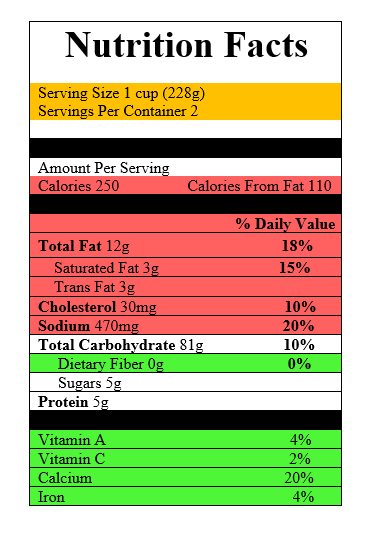
2ndand3rd_Final
Food Plate
In this lesson you will learn about each section of the food plate. You will play games and take quizzes to help you learn information. As you go through this lesson you will have an opportunity to earn digital badges. If you are having trouble don't be afraid to ask for help.
The food plate is set by the United States Department of Agriculture (USDA). The food plate is broken into five categories which are fruits, vegetables, grains, protein, and dairy. The USDA has put out information on what kinds of foods are in each category and how much of that category our plate should be composed of each time we eat. The food plate is important because it helps you stay in shape and healthy.

The fruit category on the plate is marked with the color red. The fruit category is located in the top left side of the food plate. Fruits can be fresh, frozen, canned, or dried and can be whole or in pieces. Per the United States Department of Agriculture (USDA) 10% of your plate each time should be fruits. Some examples of fruits are watermelons, blueberries, grapes, apples, oranges, bananas, cherries, lemons, and limes.
The vegetable category on the plate is marked with the color green. The vegetable category is located in the lower left side of the food plate. Vegetables can be raw or cooked, fresh, canned, frozen, or dried and can be whole or in pieces. Per the United States Department of Agriculture (USDA) 40% of your plate each time you eat should be vegetables. Some examples of vegetables are broccoli, tomatoes, cucumbers, and carrots.
The grains category on the plate is marked with the color orange. The grains category is located in the top right side of the food plate. The grains category is divided up into two groups, whole grains and refined grains. Whole grains contain the entire grain kernel and refined grains have been milled. Milled is a process that removes the bran and germ. The grain kernel is made of the bran, germ, and endosperm. Per the United States Department of Agriculture (USDA) 30% of your plate each time should be grains. Some examples of whole grains are brown rice, oatmeal, and popcorn. Some examples of refined grains are cakes, pancakes, and pretzels.
The protein category on the plate is marked with the color purple.The protein category is located in the lower right side of the food plate. Proteins can be meats, peanuts, or beans. Per the United States Department of Agriculture (USDA) 20% of your plate each time should be proteins. Some examples of proteins are peanuts, kidney beans, beef, chicken, and turkey.
The dairy category on the plate is marked with the color blue. The dairy category is located on the right side of the food plate. Per the United States Department of Agriculture (USDA) 8 ounces of your plate each time should be dairy. Some examples of foods in the dairy category are milk, pudding, ice cream, and cheese.

Food Plate Resources
Food Label
In this lesson you will learn about each section of the food label. You will play games and take quizzes to help learn the information. As you go through this lesson you will have ans opportunity to earn digital badges. If you are having trouble through out the lesson don't be afraid to ask for help.
The food label may look confusing when you look at, but when you look at it slightly different it isn't confusing. The different way to look at it is having the label colored. Now you can't go color coding every food label but you can imagine it in your head that the label is color coded. The colored label is broken down into four sections which are the orange section, red section, green section, and white section. Below you will learn about each individual section and the things in each section.

The orange section is composed of the serving size and servings per a container which are explained below. You have to read this section carefully because you can have more then one serving in a container.
Serving Size:
Servings Per a Container:
The red section is composed of calories, calories from fat, total fat, cholesteral, and sodium which are explained below. You want to watch this section carefully also. You want low amounts of these items meaning 5% or less.
Calories:
Calories from Fat:
Total Fat:
Cholesteral and Sodium:
The green section is composed of dietary fiber, vitamins, and minerals. You also want to watch this section carefully. You want high amounts of these items meaning 20% or more.
Dietary Fiber:
Vitamin and Mineral Section:
The white section is mainly composed of percent daily value, sugars, protein and anything else that doesn't fit in any of the other three categories. For some of these things you want high amounts while others you want low amounts.
Percent Daily Value:
Sugars:
Protein:

Food Label Resources